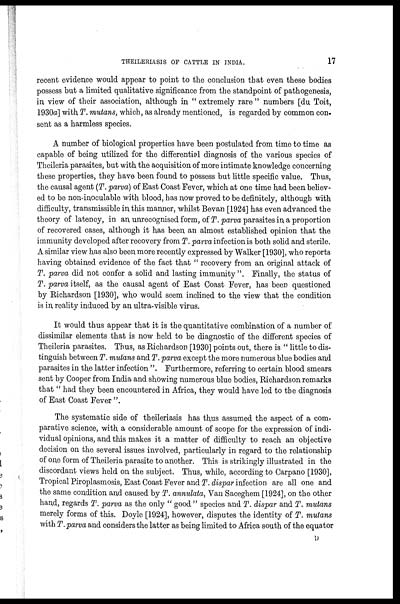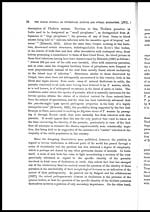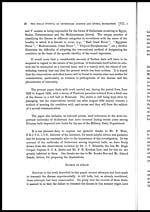Medicine - Veterinary > Veterinary colleges and laboratories > Indian journal of veterinary science and animal husbandry > Volume 7, 1937 > Original articles > Theileriasis of cattle in India
(35) Page 17
Download files
Individual page:
Thumbnail gallery: Grid view | List view

THEILERIASIS OF CATTLE IN INDIA. 17
recent evidence would appear to point to the conclusion that even these bodies
possess but a limited qualitative significance from the standpoint of pathogenesis,
in view of their association, although in " extremely rare " numbers [du Toit,
1930 a] with T. mutans, which, as already mentioned, is regarded by common con-
sent as a harmless species.
A number of biological properties have been postulated from time to time as
capable of being utilized for the differential diagnosis of the various species of
Theileria parasites, but with, the acquisition of more intimate knowledge concerning
these properties, they have been found to possess but little specific value. Thus,
the causal agent (T. parva) of East Coast Fever, which at one time had been believ-
ed to be non-inoculable with blood, has now proved to be definitely, although with
difficulty, transmissible in this manner, whilst Bevan [1924] has even advanced the
theory of latency, in an unrecognised form, of T. parva parasites in a proportion
of recovered cases, although it has been, an almost established opinion that the
immunity developed after recovery from T. parva infection is both solid and sterile.
A similar view has also been more recently expressed by Walker [1930], who reports
having obtained evidence of the fact that " recovery from an original attack of
T. parva did not confer a solid and lasting immunity ". Finally, the status of
T. parva itself, as the causal agent of East Coast Fever, has been questioned
by Richardson [1930], who would seem inclined to the view that the condition
is in, reality induced by an ultra-visible virus.
It would thus appear that it is the quantitative combination of a number of
dissimilar elements that is now held to be diagnostic of the different species of
Theileria parasites. Thus, as Richardson [1930] points out, there is " little to dis-
tinguish between T. mutans and T. parva except the more numerous blue bodies and
parasites in the latter infection ". Furthermore, referring to certain blood smears
sent by Cooper from India and showing numerous blue bodies, Richardson remarks
that " had they been encountered in Africa, they would have led to the diagnosis
of East Coast Fever ".
The systematic side of theileriasis has thus assumed the aspect of a com-
parative science, with a considerable amount of scope for the expression of indi-
vidual opinions, and this makes it a matter of difficulty to reach an objective
decision on the several issues involved, particularly in regard to the relationship
of one form of Theileria parasite to another. This is strikingly illustrated in the
discordant views held on the subject. Thus, while, according to Carpano [1930],
Tropical Piroplasmosis, East Coast Fever and T. dispar infection are all one and
the same condition and caused by T. annulata, Van Saceghem [1924], on the other
hand, regards T. parva as the only " good " species and T. dispar and T. mutans
merely forms of this. Doyle [1924], however, disputes the identity of T. mutans
with T. parva and considers the latter as being limited to Africa south of the equator
D
Set display mode to: Large image | Zoom image | Transcription
Images and transcriptions on this page, including medium image downloads, may be used under the Creative Commons Attribution 4.0 International Licence unless otherwise stated. ![]()
| Permanent URL | https://digital.nls.uk/75239186 |
|---|
| Description | Covers articles from 1937. |
|---|---|




